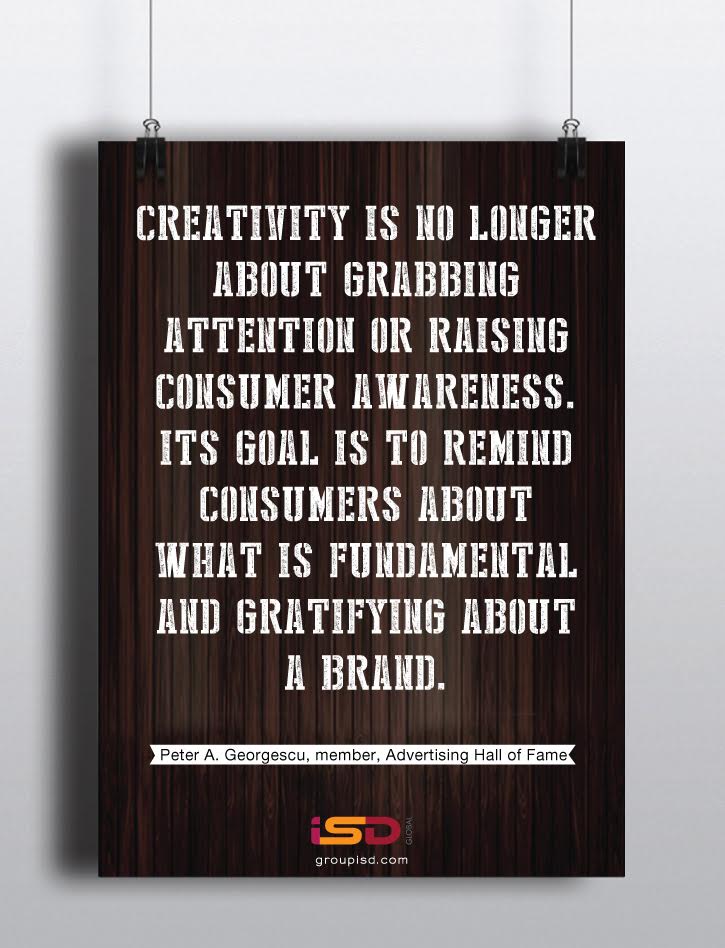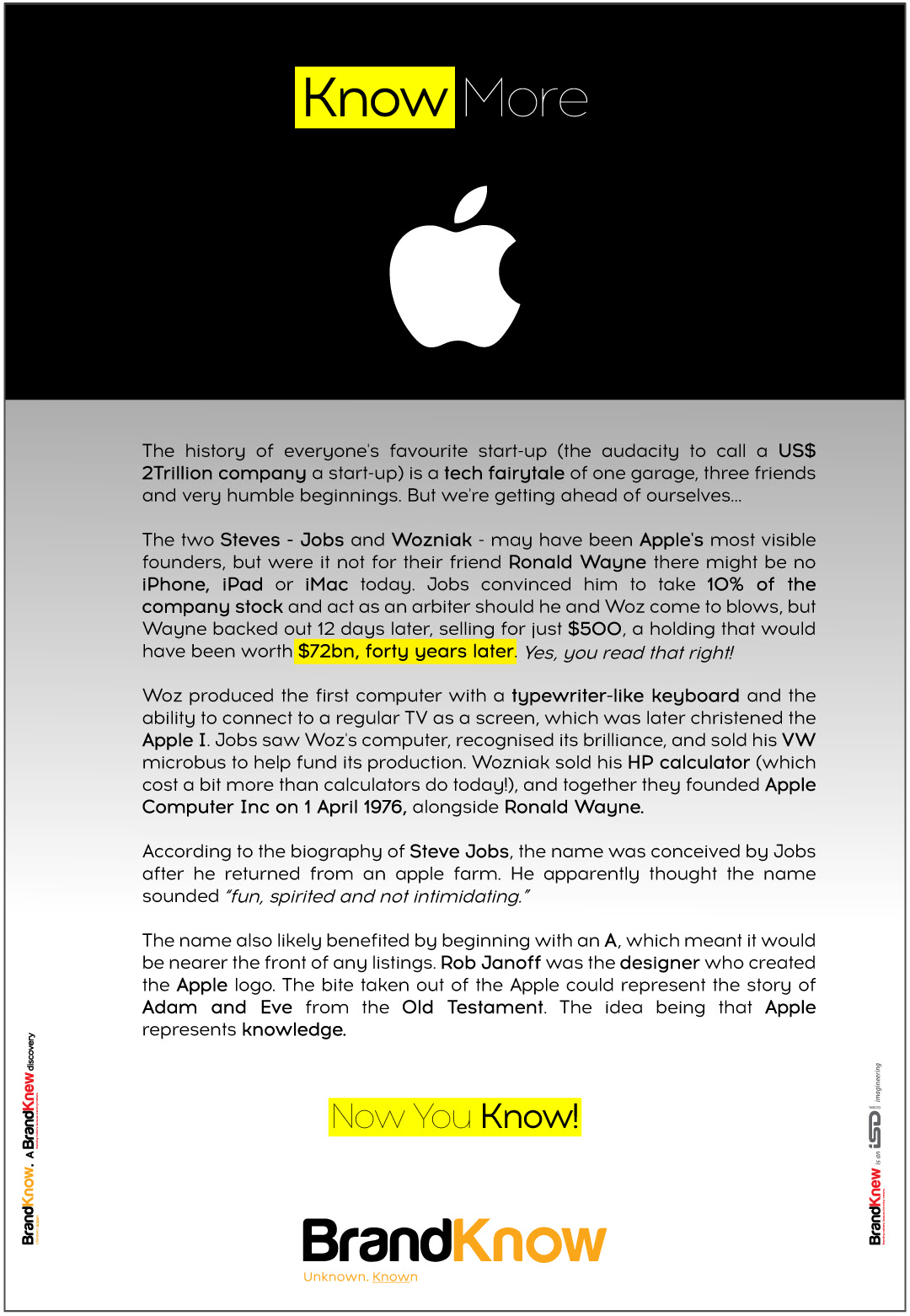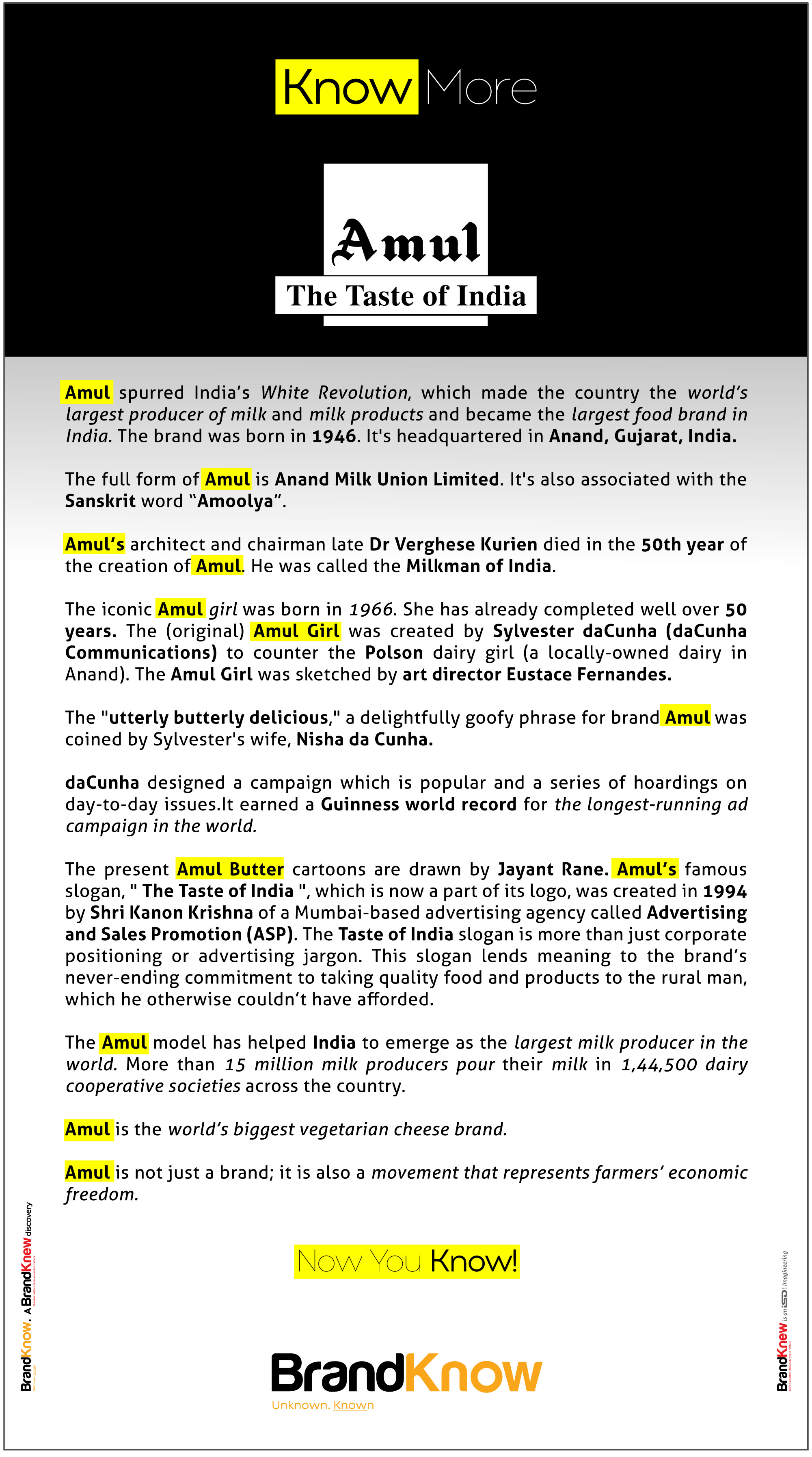Ever heard of a brand so forgettable it made tofu seem exciting? Yeah, neither have we—because they vanished faster than our motivation on a Monday morning. Brand awareness isn’t just about slapping a logo on a billboard; it’s about colonizing consumer brains (legally, of course).
In a hyper-connected world, where even your toaster’s got an attitude (yes, I’m looking at you, smart home gadgets), brands are forced to up their game—because consumers are woke, wired, and weaponized with infinite choice.

Successful brands—both global and Indian—have cracked the code: a mix of creativity, cultural relevance, and a dash of audacity. Take Apple’s “Shot on iPhone” campaign, which turned every user into a brand ambassador, or Dove’s “Real Beauty” movement that challenged beauty norms and made us all feel a little better about our selfies. These campaigns didn’t just sell products; they sold stories, emotions, and a sense of belonging.
Take Nike’s “Just Do It”—three words that turned sneakers into sermons. Or Apple, which made buying a phone feel like joining a cult (minus the questionable robes). Closer home, Amul’s butter-loving moppet has been roasting politicians and trends since 1966—proof that wit + consistency = immortality.

Meanwhile, Indian startups like Zomato and CRED don’t just sell services; they sell personality. Zomato’s savage tweets and CRED’s absurdly elite ads make consumers go, “I don’t need this… but I WANT it.” That’s the magic—when your brand becomes a mood, not just a menu.
Consumers today don’t want to be sold to—they want to be swept off their feet, wined, dined, and occasionally meme’d. They’ve got their BS detectors on high alert. And with data privacy watchdogs on speed dial, brands better be careful where they poke!
Remember, it’s no longer enough for brands to talk—they need to walk the walk, dance the jig, and maybe even do the floss if the audience demands it.
So, dear brands—stop treating your customers like ATMs with trust issues. They’re not here for your products; they’re here for your promises. Keep it real, keep it human, and remember: If you can’t outsmart them, at least outlaugh them!

In a world where attention is the new currency and authenticity is rarer than honest politicians, the brands that survive won’t be the ones with the biggest budgets – they’ll be the ones with the biggest personalities. Because in the end, people don’t buy products; they buy stories, emotions, and the promise that this purchase will make them slightly cooler than their neighbors.
